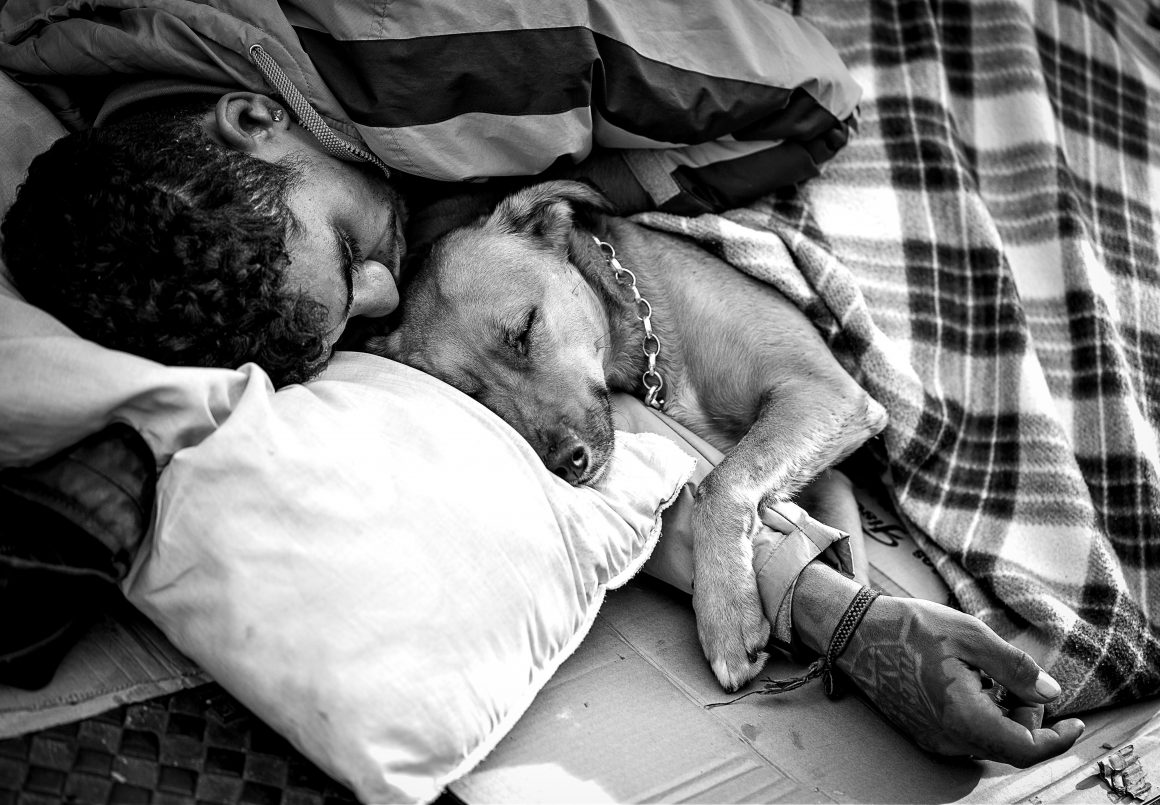Climate change is a threat to global peace, security, and prosperity. It poses a threat to human and natural systems due to their vulnerability and exposure. Vulnerability, in this context, is the propensity or predisposition to be adversely affected. People who are socially, economically, culturally, politically, institutionally, or otherwise marginalized are especially vulnerable and pose disproportionate risks to this phenomenon.
The IPCC (The Intergovernmental Panel on Climate Change) describes climate vulnerability as the “degree to which geophysical, biological and socio-economic systems are susceptible to and unable to cope with, adverse impacts of climate change” (IPCC, 2018). We are talking about exposure risks for children, persons with disabilities, the elderly, indigenous communities, and women. According to the 2018 IPCC report, women and children are 14 times more likely to die or be injured during a disaster than men. See below some of the impacts on these vulnerable groups:
|
Children |
Are more vulnerable to vector-borne diseases than adults. 20% increase in Asthma since 2007 |
| Present a relative inability to care for themselves | |
| Inequality and Poverty: children and persons with disabilities living in poverty or deprived of adequate water and sanitation before a crisis will be more affected by a flood, drought, or storm, less likely to recover quickly, and at even greater risk in a subsequent crisis. | |
| Elderly people and persons with disabilities | Have difficulty regulating body temperature and adapting physiologically to heat |
| Can suffer dehydration and the worsening of existing health problems, including malnutrition | |
| Emergencies in this group have increased four-fold, an issue that has affected at least 254 million people in the past 20 years | |
| Indigenous communities | Tend to live in places that suffer the most impacts of climate changes |
| The difficulty of access, discrimination, and social exclusion exacerbates their vulnerability | |
| The close relationship of these communities to their environments makes them sensitive to the impacts of climate change | |
| Communities in poor areas | Adaptation to climate change safeguards people from higher temperatures, rising seas, fiercer storms, unpredictable rainfall and more acidic oceans. Some people are more vulnerable to these effects, such as those living in poverty (UN, 2019) |
| Climate change both drives and results from hunger. The unsustainable use of land, soil, water and energy for food contributes to greenhouse gas emissions that cause rising temperatures. Higher temperatures in turn affect resources to produce food. Up to 811 million people in the world faced hunger in 2020, as many as 161 million more than in 2019 (UN, 2021) |
A 2020 report from the Committees of the European Parliament on climate change issues recalled that the world is badly off track in its endeavour to reach the agreed objective of limiting global heating to well below 2 °C above pre-industrial levels, while pursuing efforts to limit the temperature increase to 1.5 °C.
Members are alarmed by the adverse impacts of this on developing countries. They called on the EU to show climate and biodiversity leadership and to make the European Green Deal an example of such necessary action, insisting that it must contain a stronger external dimension to support partner countries in their efforts to adapt to climate change and take full account of the particular needs of the most vulnerable populations and groups suffering from discrimination. We must consider the level of information provided to ensure emergency measures for vulnerable groups at risk.
Inclusive communication and risk communication to fight climate change
The communication professor and Ph.D. in Public Health, Cilene Victor, points out that in the 1980s, the first studies in the field of risk communication recognized its potential to promote decision making that is horizontal, transparent and, therefore, more effective, because they would contemplate the various social actors, directly and indirectly, involved with the issues of risks.
To contribute to the design of more effective public DRR (Disaster Risk Reduction) policies, supported by the social possibilities of risk communication, Victor designed a CRD (Communication of Risk from Disaster) model divided into four parts. The idea is to separate the pieces so that a CRD action or program’s lifespan can be monitored, helping to identify the points to be improved in each of the stages.
These models must be considered in the context of the networked society, in which the production, dissemination, and consumption of information and data, including and especially in social media, can not only reproduce but also enhance errors and successes. It is necessary to go beyond the production and distribution of booklets, overcoming the assumption that the community is unaware of or does not perceive the risks to which it is exposed.
Communication studies has shown its importance in the advocacy of social causes and climate change, and how it could influence the creation of public policies or initiatives. Poor communication is very often a factor in allowing concerns to escalate and opposing groups to become polarized. Nevertheless, it is right to ponder to what extent a risk and inclusive communication practice can provide coverage that promotes the visibility of vulnerable groups in times of climate change crisis.
Inclusive journalism, as a communicational practice, provides society with informed knowledge of its diversity, as well as an understanding of the relationship between the individual and society. According to Tom Moring, a researcher on the topic, the idea of inclusive journalism is rooted in and inseparable from the political notion of inclusive democracy.
From a humanitarian and inclusive perspective, we must come to understand our responsibility as global citizens to become aware of our role in climate change, especially when it comes to vulnerable groups. In addition, we must call on organizations and governments to provide adequate responses to climate displacement, and to promote an inclusive perspective in all climate change policies in order to safeguard climate justice.



